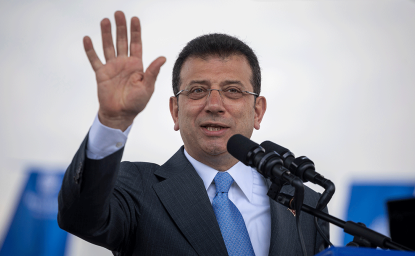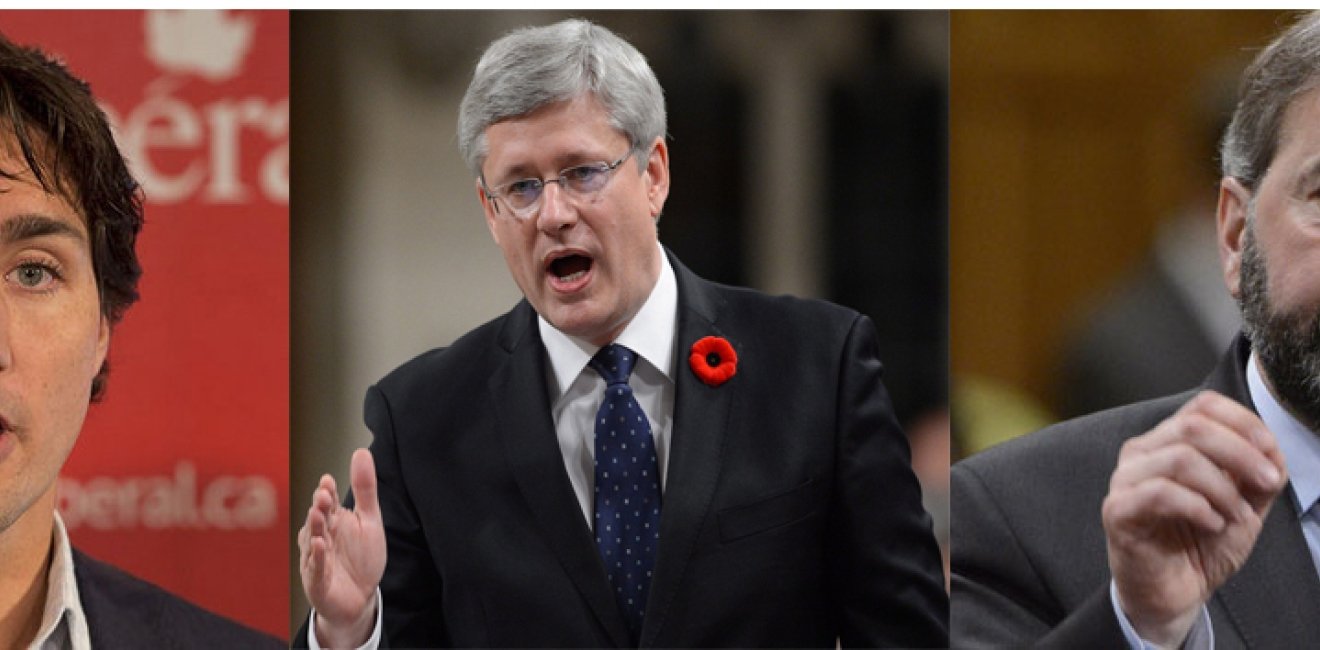-
Canadians elect their Members of Parliament (MPs) like Americans elect their Representatives on the first-past-the-post system. That means the candidate with the most votes – even if s/he lacks a majority of all votes cast – wins the right to represent that riding in Parliament.
-
Canada’s Parliament has two chambers: the House of Commons, where MPs sit, and the Senate. Senators are appointed by the Prime Minister and are not subject to popular elections. The House of Commons is the focal point of the Canadian political process, since the Senate rarely introduces or interferes with legislation.
-
The Prime Minister is the Head of Government and sits in the House of Commons. S/he both leads the governing party (like the House Majority Leader does in the United States), and heads the Cabinet, like the U.S. President.
-
Queen Elizabeth II is Canada’s Head of State. She is represented by the Governor General, David Johnston, who holds a number of important political roles related to signing legislation into law and calling elections.
-
Unlike the President, the Prime Minister’s name does not appear on the ballot for most Canadians (unless s/he happens to be the MP for their riding). The leader of the party that gains the most seats in Parliament becomes the Prime Minister. For Canadians, the only vote they cast in a federal election is for their local MP.
-
There are three major parties in Canada – the Conservatives, led by Stephen Harper, the Liberals, led by Justin Trudeau, and the New Democrats (NDP), led by Thomas Mulcair. The Conservatives are seeking their fourth consecutive mandate in a roughly neck-and-neck three-way election.
-
Canada has strict electoral funding laws that ban corporations and unions from contributing to political parties or candidates. However, when a Canadian party meets a threshold level of voter support. It receives public campaign funds amounting to about $1.75 per vote.
-
Because of Canada’s multi-party system, a party sometimes wins a plurality of seats but not an outright majority (51%). In the United Kingdom, the winning party would have to form a coalition with a smaller party to form a government but in Canada the winning party will often form a minority government on its own. However, it will have to work with opposition parties to pass legislation.
-
A minority government only lasts with the confidence of the House of Commons. If opposition parties cast a vote of non-confidence, often by voting down an important budget bill, the government is dissolved and an election occurs.
-
Elections must occur at least every five years, but they often happen more frequently. The Prime Minister can “drop the writ” by requesting that the Governor General dissolve parliament, thus triggering an election. By law, the minimum length of an election is 36 days. There is no maximum length per se but, at 78 days, the current campaign will be Canada’s longest since 1872.
BONUS FACTS!
Canada’s longest serving Prime Minister was William Lyon Mackenzie King served 21 years, 154 days, non-consecutively, 1921 to 1948
Canada’s shortest serving Prime Minister was Charles Tupper serving 68 days in 1896
Seven of Canada’s 22 Prime Ministers have represented Quebec. New Brunswick, Prince Edward Island and Newfoundland have never had a Prime Minister among their MPs.

Canada Institute
The mission of the Wilson Center's Canada Institute is to raise the level of knowledge of Canada in the United States, particularly within the Washington, DC policy community. Research projects, initiatives, podcasts, and publications cover contemporary Canada, US-Canadian relations, North American political economy, and Canada's global role as it intersects with US national interests. Read more

Explore More
Browse Insights & Analysis
Greenland’s New Governing Coalition Signals Consensus

Myanmar’s Junta and the 2026 Elections: A Fig Leaf for Legitimacy?


